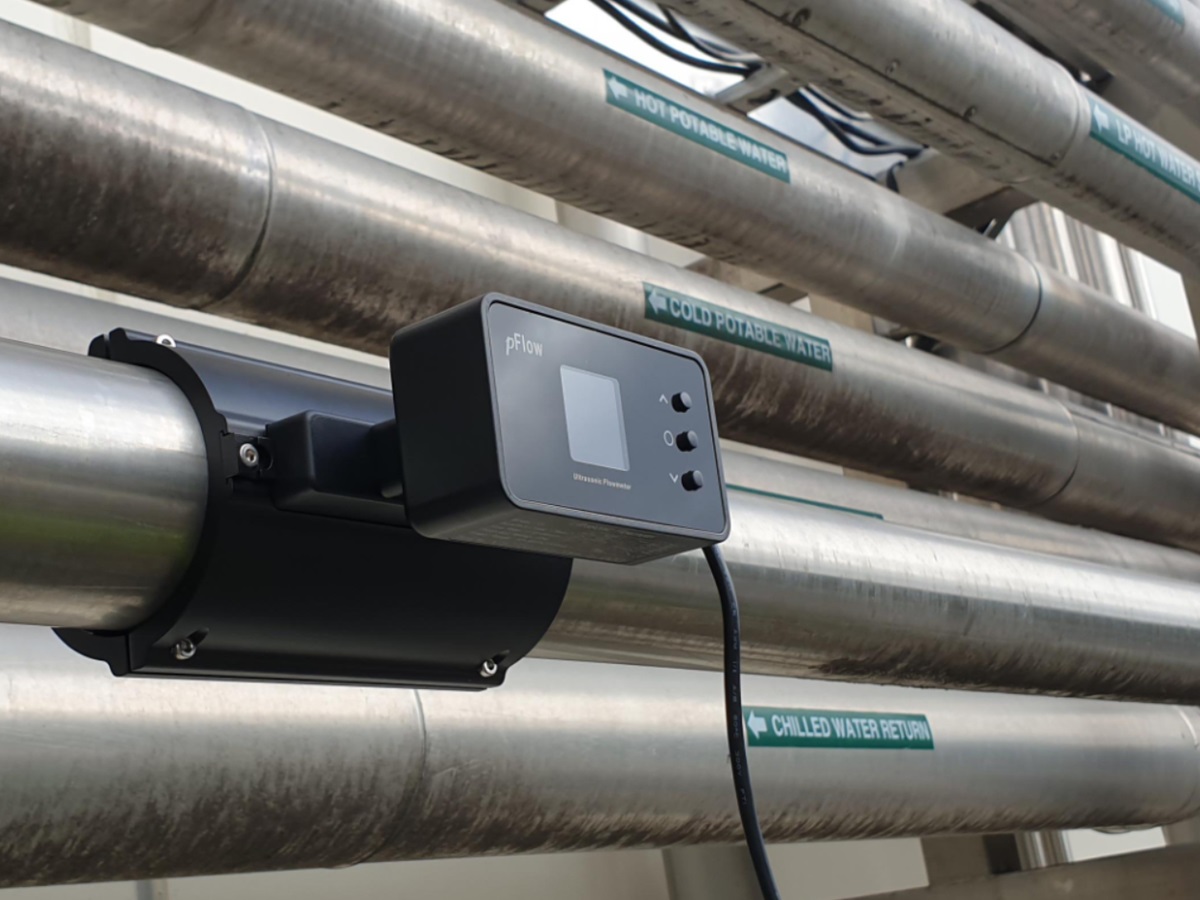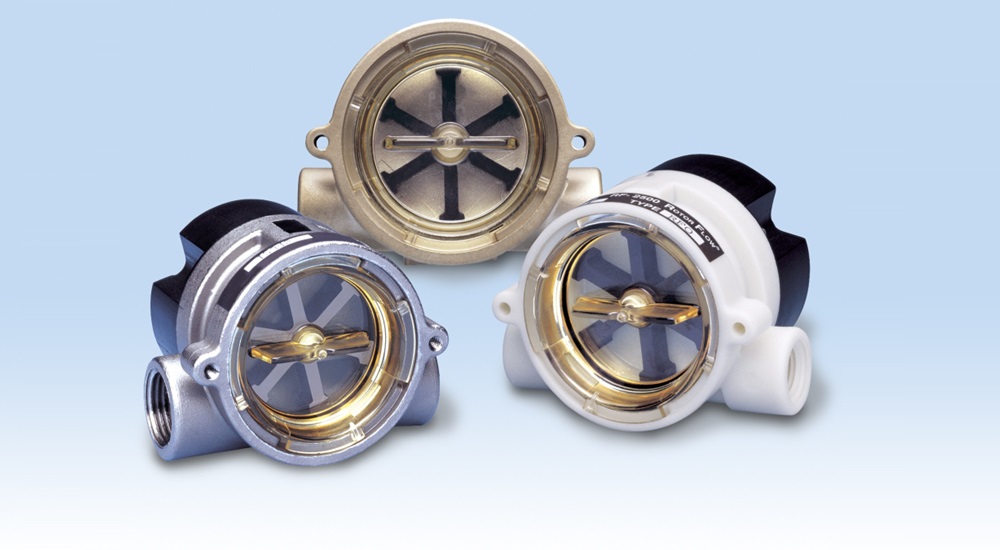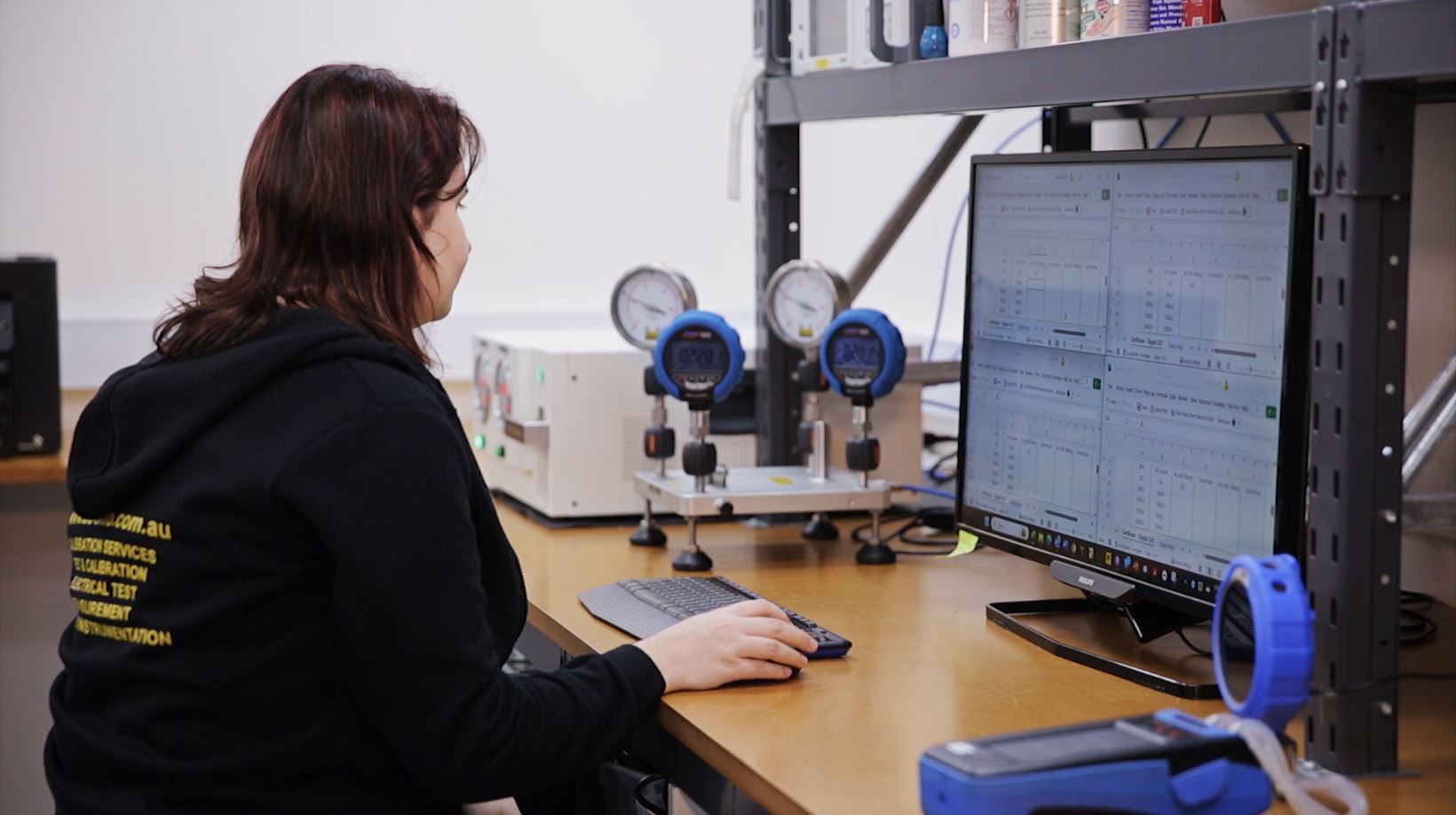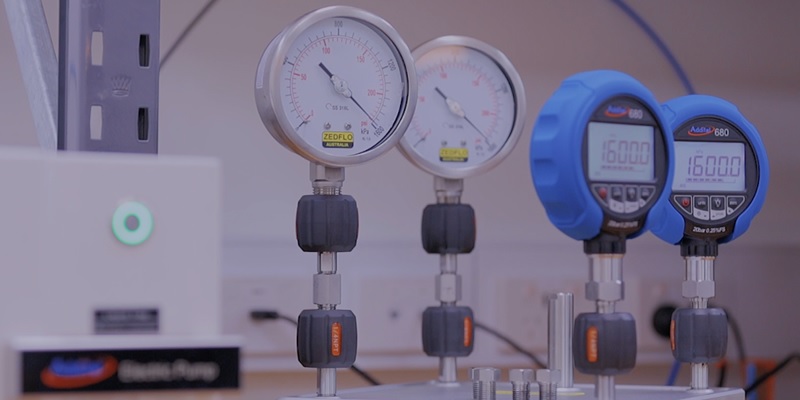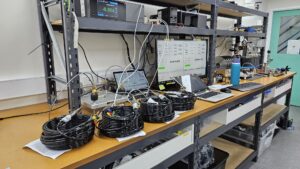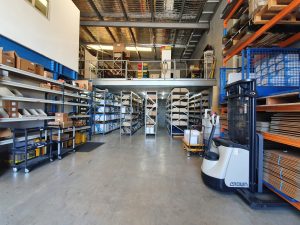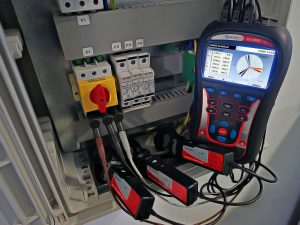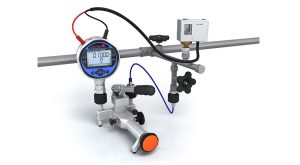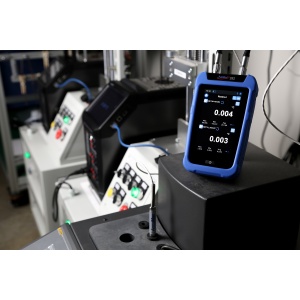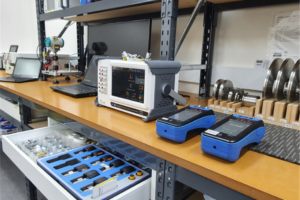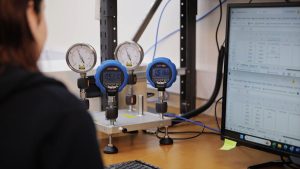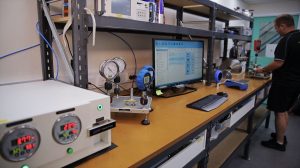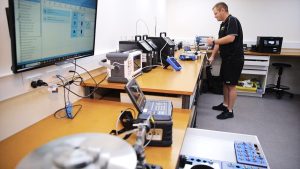You might think that the way that pipes work is pretty easy – after all they are essentially just tubes that water and gas run through.
In fact though, pipes have a fair amount more to them than that and they rely heavily on some scientific principles to operate. The point here is that pipes are capable of carrying liquids huge distances in the case of pipelines and can move both liquid and gas around so that it travels uphill, around corners and more.
So how does all this work?
The Principles
The basic idea behind a pipe is that it uses pressure in order to move the liquid or gas in the required direction. This can either occur naturally or be applied via a pump.
Essentially, the term pressure refers to the amount of molecules within a specific space. If you take an air tight container and fill it with air, the pressure will increase as the air increases in volume.
What you need to know about pressure though, is that it will always spread out. This is called ‘equalization’ and if you fill a room with a small amount of gas, that gas will spread out evenly to fill the room rather than being denser at one point than another. Likewise, as you pump the room with more air or more liquid, the rest will make way for the new influx to reach the point of equalization. This is why a puddle spreads out, rather than sitting as a ‘pile’ of water.
This then tells us how a pipe works. When you put a gas in an airtight pipe, it will spread out. As you fill the pipe more then, this means that some amount of the gas will get ‘pushed along’ to make way for what’s coming in. The same is true with water.
Pumps work meanwhile by applying pressure at one end in order to push the substance along. On the other hand, you also have ‘vacuum pumps’ which sit at the other end and create a vacuum (an area of low or zero pressure) in order to ‘suck’ the substance along.
Valves and Flow Meters
Depending on the purpose of the pipe, you might need to control the pressure, the flow and more. Valves are simple mechanical features that can stop the flow of gas or liquid to trap it, or to close of parts of a circuit – such as with a stop tap or a bypass valve.
Then you have things like clamp-on ultrasonic flow meters and other forms of flow meter. These can measure the rate of ‘flow’ in any pipe. There are multiple types but generally they will work by measuring changes in force before and after certain points with measuring instruments.
Depending on the precise nature and application of the pipe and the substance flowing through it, pipes, flow meters and valves can all work differently. What is always consistent however is the reliance on pressure to force movement. This basic principle underlies all our plumbing, our oil transportation, our heating and many of the appliances we rely on everyday.

